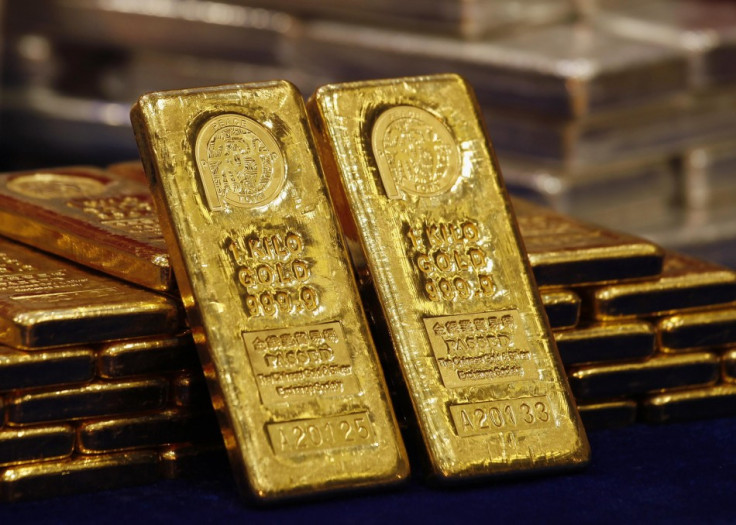Commodities Round-up: Gold spike continues as Trump inauguration nears
Precious metals are led higher by gold as safe-haven seekers continue to pile in to the yellow.

Precious metal contracts extended gains for a second successive session on Wednesday (4 January) as safe-haven investors continued to pile into the gold market, with little over two weeks left to Donald Trump's inauguration as US president.
At 5.30pm GMT, the Comex gold futures contract for February delivery was up 0.43% or $5.00 at $1,167.00 an ounce, while spot gold was 0.62% or $7.20 higher at $1,166.04 an ounce, as the dollar weakened.
Analysts say Trump's promised fiscal spending could cause inflation to rise further in the world's largest economy. This, coupled with rising oil prices and still very loose global central bank monetary policy stances, means there is a risk that global inflation could overshoot.
However Fawad Razaqzada, market analyst at Forex.com, urged caution over reading too much into gold's positive start to 2017. "Gold's stronger showing so far has been in response to several things, but mainly due a weaker dollar. Obviously with many people still away on holiday, liquidity is limited and so price moves can be exaggerated in these types of market conditions.
"It remains to be seen whether there are more turns and twists to come before clearer trends are established for the first month of the year."
Elsewhere in the precious metals market, Comex silver was up 0.95% or 16 cents to $16.57 an ounce, while spot platinum was 1.05% or $9.81 higher at $946.32 an ounce.
Meanwhile, oil futures recovered from losses in Asia during late European and early US trading hours. Overnight, Brent and West Texas Intermediate (WTI) contracts rose by over 2.5% to an 18-month high after Kuwait and Oman moved to honour their output reduction pledge, made as part of an agreement between Opec and non-Opec producers to rebalance an oversupplied market.
According to the Al-Anba newspaper, Opec member Kuwait has reduced output by 130,000 barrels a day (bpd) to 2.75m bpd. Separately, Ali Al-Riyami, director of marketing at Oman's oil ministry, said the non-Opec exporter was lowering its output by 45,000 bpd from its previously published level of 1.01 million.
However, the spike triggered a sell-off in early Asian trading, before the Opec and non-Opec agreement bounce returned to prop up prices. At 5.42pm GMT, the Brent front month futures contract was up 1.55% or 86 cents to $56.83 per barrel, while the WTI was 1.53% or 81 cents higher at $53.14 per barrel.
FXTM chief market strategist Hussein Sayed said whether more appreciation is to be seen in 2017 will depend on multiple factors, and the biggest one currently looming is compliance to Opec and non-Opec production cuts.
"It's in nobody's interest not to comply, but historic figures show that delivering on previous production cuts has been poor. US producers are another element to be focused on, how fast shale may come back is a key component to be considered in the price equation.
"The dollar strength will likely impact the demand side, as continued strength will make oil more expensive in other currencies. With all these unknowns we will likely see prices moving in tight ranges in the first quarter until we get a clearer picture," Sayed concluded.
© Copyright IBTimes 2024. All rights reserved.






